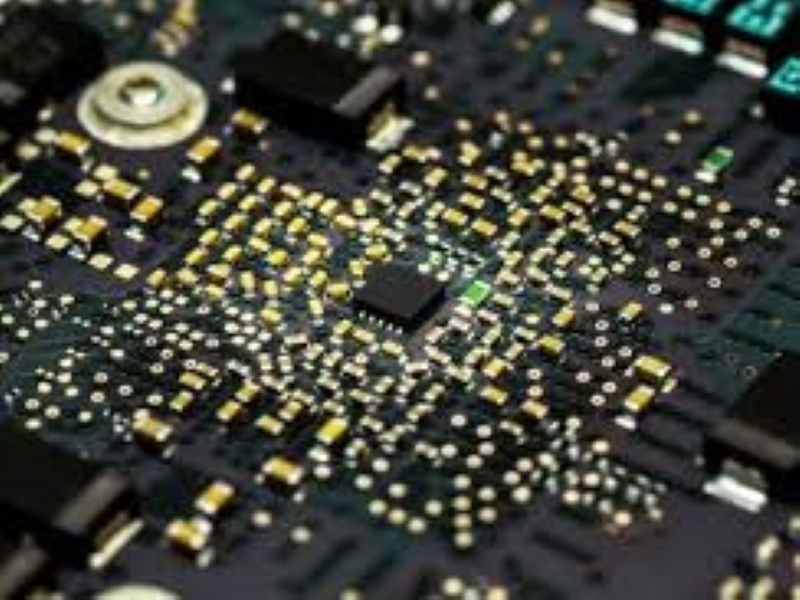- System firmware provides low-level control over hardware components, ensuring they function properly and interact with the operating system.
- It is typically stored in non-volatile memory, such as ROM, EPROM, or flash memory, and is essential for the initial boot process of a computer.
In the intricate world of technology, system firmware is often an unsung hero. It operates quietly behind the scenes, but its role is essential for the seamless operation of your devices. Whether you’re using a computer, smartphone, or any other modern gadget, understanding system firmware can provide insight into how your device functions and why updates matter. In this blog, you can find some information about system firmware.
What is System Firmware
System firmware is specialised software that is embedded directly into hardware components. Unlike regular software applications, which run on top of an operating system, firmware operates at a much lower level, closer to the hardware itself. This enables it to control and manage essential hardware functions, providing a bridge between the hardware and the operating system.
In computers, for example, the firmware is typically referred to as BIOS (basic input/output system) or UEFI (unified extensible firmware interface). Firmware is often updated to improve performance, fix bugs, or add new features, making it integral to the ultimate stability and functionality of the device. It’s responsible for initialising hardware components like the CPU, memory, and storage devices during the boot process. Without this firmware, your computer wouldn’t be able to start up or properly communicate with its hardware.
Also read: What is router firmware and what are its functions?
Why is Firmware Important
Firmware is crucial for several reasons:
1. Hardware management: It ensures that all hardware components work together smoothly. This includes tasks such as configuring system settings and handling communication between the hardware and the operating system.
2. Boot process: Firmware initialises the system during startup, conducting hardware checks and preparing the system for the operating system to take over.
3. Updates and enhancements: Firmware updates can enhance performance, fix bugs, and even add new features. These updates are essential for maintaining the ultimate stability and functionality of your device.
4. Security: Like any software, firmware can have vulnerabilities. Regular updates help protect against potential security threats, ensuring your device remains secure from exploits and attacks.
Also read: The essential impact of firmware upgrades
The impact of firmware updates
Updating firmware is often less visible compared to operating system or application updates, but it’s just as critical. These updates can fix bugs that affect hardware performance, improve system stability, and even enhance compatibility with new technologies. For example, a firmware update might enable your device to support new peripherals or improve energy efficiency.
Manufacturers periodically release firmware updates, and it’s a good practice to install them to keep your device running smoothly. Many modern devices offer automated update options, making it easier for users to stay current.
System firmware might not be the most glamorous aspect of your devices, but it plays a vital role in their operation. It manages hardware functions, facilitates the boot process, and ensures system stability. It can also stay informed about firmware and keep it up-to-date ensuring that your devices perform at their best.

